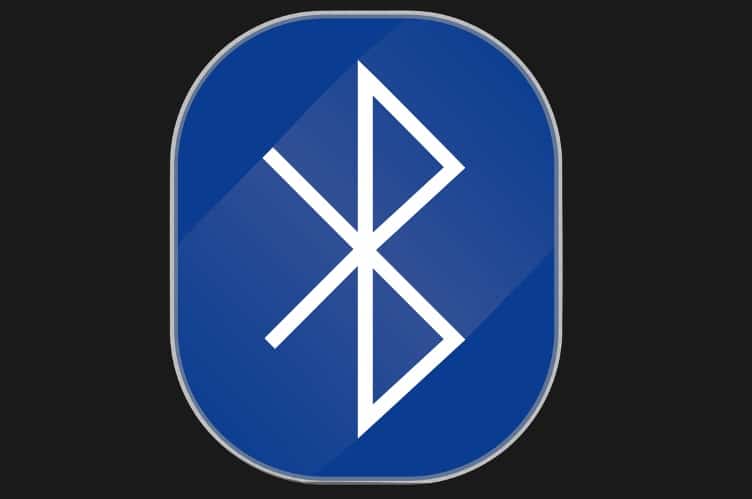Dec. 03, 2013
Bluetooth Technology Is Used With Hearing Aids. Do You Understand It? Hearing aids today employ Bluetooth technology to turn hearing aids into wireless headsets so that those with hearing loss can talk on cell phones with ease and without annoying acoustic feedback. Bluetooth-enabled devices, such as MP3 players, PCs, radios, televisions, and landline telephones can connect wirelessly to the hearing






